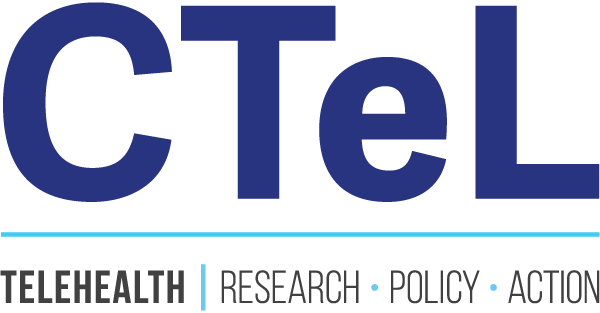Risk of Suicide Rate Increase without Access to TeleMental Health Services.
The expiration of telehealth waivers for prescribing controlled substances on December 31, 2024, is a critical policy shift that could impact mental health care access and suicide prevention efforts, particularly in vulnerable populations. Findings from a recent research report emphasize the importance of three county-level factors—health insurance coverage, broadband Internet access, and household income—in relation to suicide rates. The expiration of these waivers raises concerns, as these factors align closely with access to telehealth services, including the prescription of controlled substances that are often crucial in mental health treatment.
Telehealth as a Lifeline for Mental Health
Telehealth has proven to be an essential tool for providing mental health services, particularly in areas where access to care is limited. Broadband Internet, often referred to as a "superdeterminant" of health, plays a pivotal role in connecting individuals to necessary services, including mental health counseling, crisis intervention, and even prescription medications. This is especially important for individuals living in rural areas, where in-person mental health services may be scarce or non-existent. The research report highlights that counties with higher levels of broadband access tend to have lower suicide rates, underscoring the link between digital access and well-being.
With the impending expiration of telehealth waivers, the ability to prescribe controlled substances such as medications for depression, anxiety, and other mental health conditions will be severely restricted for many patients who rely on telehealth. This is especially concerning for rural communities, as well as for sociodemographic groups disproportionately affected by suicide, such as American Indian/Alaska Native (AI/AN) populations and males. The report notes that these groups often live in areas with lower broadband access and may be disproportionately affected by reduced access to telehealth services, further exacerbating suicide risks.
Insurance and Income as Barriers to Care
Health insurance coverage is another significant factor in reducing suicide rates. Individuals with insurance are more likely to access mental health services, which include both therapy and medication management. The upcoming waiver expiration could create additional barriers to care, as patients may have to resort to in-person visits for prescriptions—something not always feasible in underserved areas. Moreover, patients with limited financial resources may struggle to afford these in-person visits or the transportation required to access care and/or missed time off of work. Economic stability is closely tied to mental health, and policies that make access to care more difficult could disproportionately impact lower-income individuals who may already be at higher risk of suicide.
Telehealth Waivers: A Critical Tool for Suicide Prevention
The comprehensive approach to suicide prevention outlined in the 2024 National Strategy for Suicide Prevention emphasizes upstream strategies, including strengthening economic supports, promoting social connectedness, and improving access to care—especially in underserved communities. Telehealth, as part of this comprehensive approach, has expanded access to mental health services for populations at higher risk of suicide. For example, programs like CDC’s Comprehensive Suicide Prevention Program (CSP) use telehealth to reach rural populations and train providers in suicide prevention strategies. These initiatives rely heavily on the flexibility provided by telehealth waivers, particularly when it comes to prescribing controlled substances for mental health conditions.
If the telehealth waivers expire as scheduled, these efforts may be severely hampered, and individuals in rural and underserved communities could see reduced access to life-saving mental health care. Without the ability to prescribe controlled substances via telehealth, many mental health professionals fear that vulnerable populations could experience delays in receiving essential medications, increasing the risk of suicide.
Conclusion
The data from this research report highlights the critical role that county-level factors such as broadband access, health insurance coverage, and household income play in suicide prevention. As the telehealth waivers for prescribing controlled substances approach expiration, it is essential to recognize the potential consequences for mental health care access, particularly for rural and underserved populations. Policymakers must consider the broader implications of telehealth in suicide prevention as they evaluate whether to extend or replace these waivers. Maintaining flexible access to telehealth services, including the prescription of controlled substances, could be a crucial component in reducing suicide rates and saving lives across the country.
Centers for Disease Control and Prevention. (2024). County-level factors associated with suicide rates: United States, 2018-2020. Morbidity and Mortality Weekly Report, 73(37), 1040–1046. https://doi.org/10.15585/mmwr.mm7337e1

